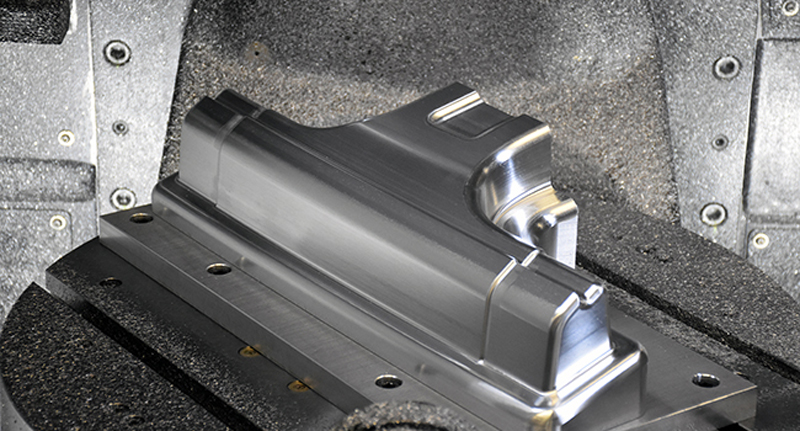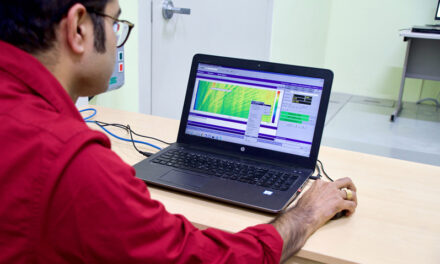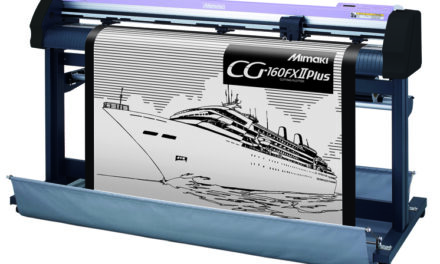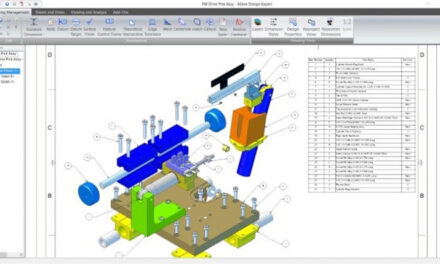CAM is computer-aided manufacturing (or computer-aided machining in some circles). It serves as the link between CAD and physical manufacturing, CAD being computer-aided design. After a designer or engineer creates a model of a part in their CAD program, they then export that file into a CAM system. This CAM system writes the code to control the manufacturing machinery that creates the part. It tells the machine exactly where and how to move so that the part is made perfectly to specs.
What are the advantages of using CAM?
Functionally, CAM is the automation of programming machining motion. It calculates the best tool motion for a given part with a given toolpath, reducing the pressure on programmers without replacing them. Instead of painstakingly creating the NC code by hand, programmers can leave the menial work to their computer. A solid CAM system can help with all of the following:
• Machining accuracy: Human error is all but eliminated with CAM, and computer-generated toolpaths are inherently more precise.
• Faster job completion: Not only does CAM software save hours of hand-programming time, it also helps to reduce cycle times by offering optimized toolpaths.
• Material and tool savings: The best CAM systems reduce accidental gouges, continuously analyze stock material for warping or other issues, and use tools as efficiently as possible to extend their life.
• Digital review: In-software simulation checks for possible programming errors as well as presents a visual model of the machining process.
What are the industries using CAM?
Originally, CAM was a technology mainly employed by the aerospace and automotive industries, as they had higher expectations for complexity and accuracy in their parts than 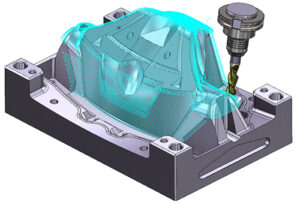 other sectors. As CAM software evolved, though, it started to spread. More and more manufacturers started to use it as they realized how it simplified and sped their production process. Now, the vast majority of manufacturing companies use CAM in some way. It’s become affordable for shops of all sizes, and it often equips small family-owned businesses with the profit margins and accuracy needed to become larger manufacturers able to cater to international customers.
other sectors. As CAM software evolved, though, it started to spread. More and more manufacturers started to use it as they realized how it simplified and sped their production process. Now, the vast majority of manufacturing companies use CAM in some way. It’s become affordable for shops of all sizes, and it often equips small family-owned businesses with the profit margins and accuracy needed to become larger manufacturers able to cater to international customers.
What are the processes that use CAM?
CAM can be used in both additive and subtractive manufacturing processes. Additive processes are those that create parts by adding material onto itself. 3D printing is the prime example of this, as it involves layering molten plastic (or sometimes other materials) in a specific pattern and order to build models, prototypes, or even finished parts. Subtractive processes work by removing material from a stock piece in order to “reveal” the part underneath. Milling, turning, routing, waterjet and laser cutting, and wire EDM are all examples of subtractive manufacturing, and each can benefit from using CAM.
Mastercam CAM Solutions
Mastercam is currently the most widely used CAM software in the world. Designed for and by machining experts, Mastercam CAM products offer solutions for milling, turning, mill-turn, Swiss turning, wire EDM, and routing. Add-ons for specialty parts and for multiaxis machining are available as well.
More info: www.ameab.se

